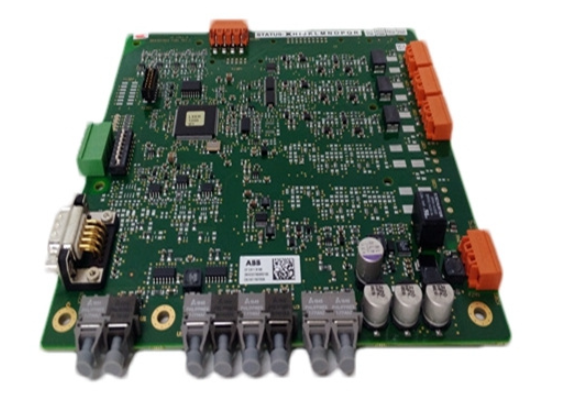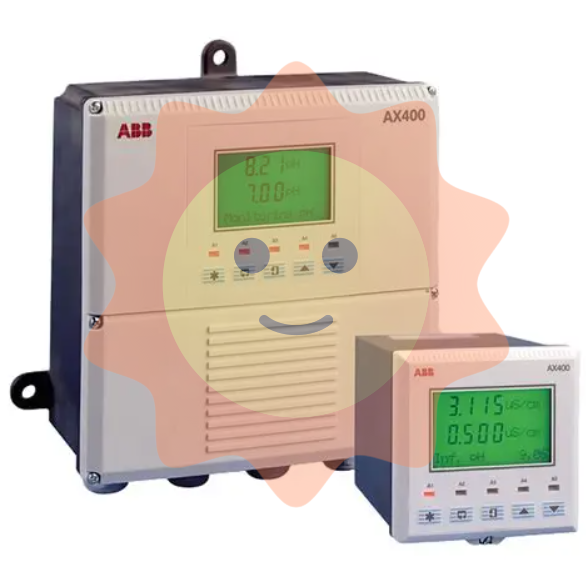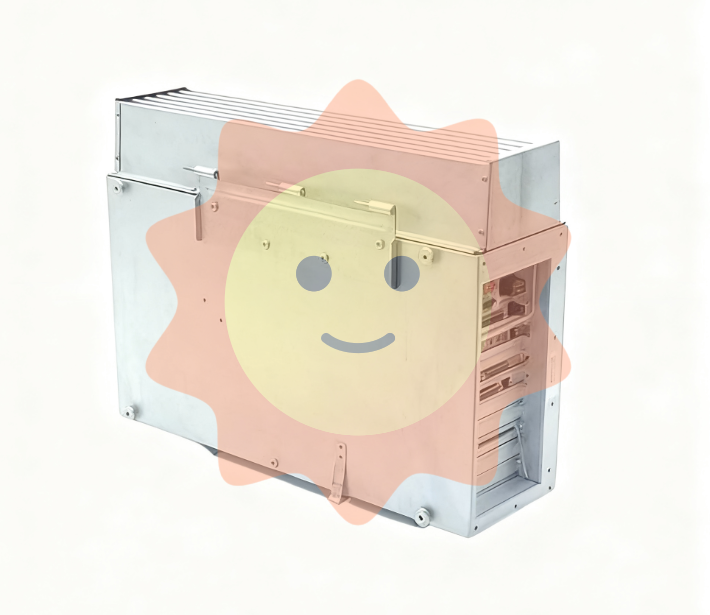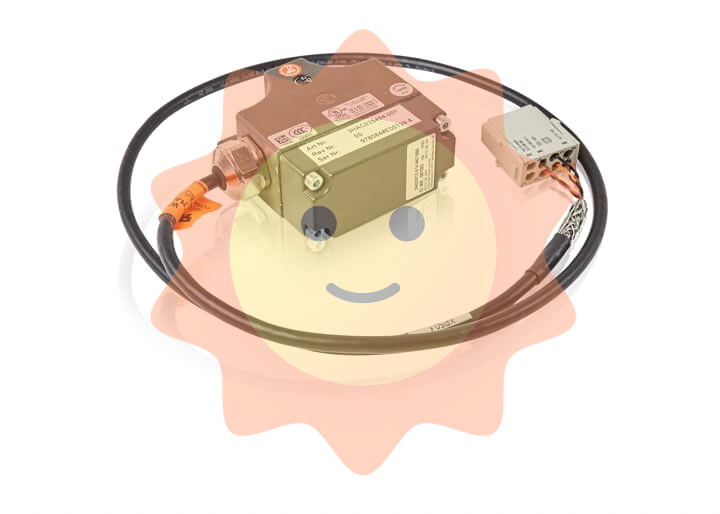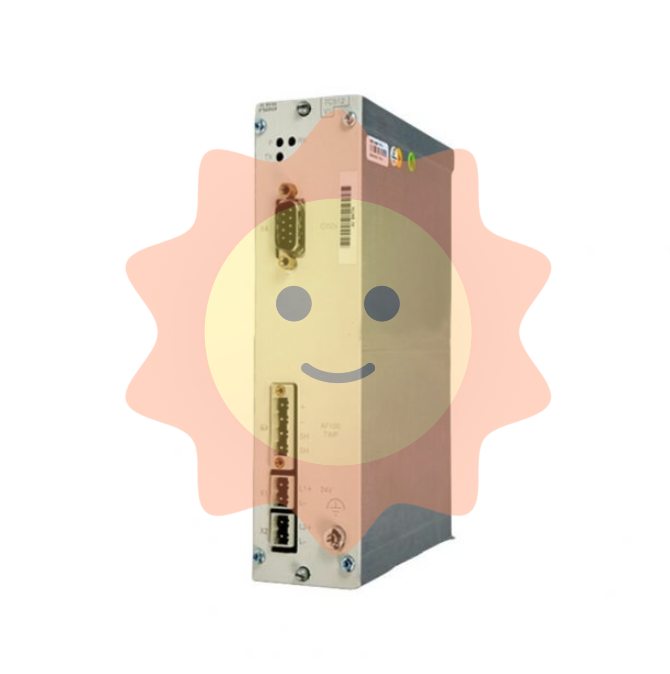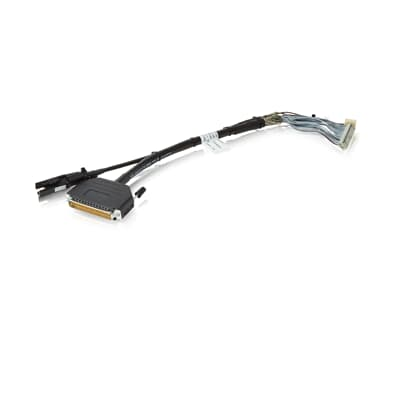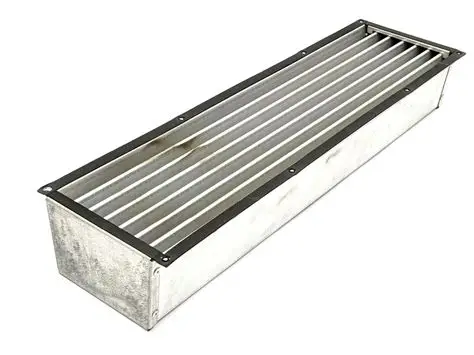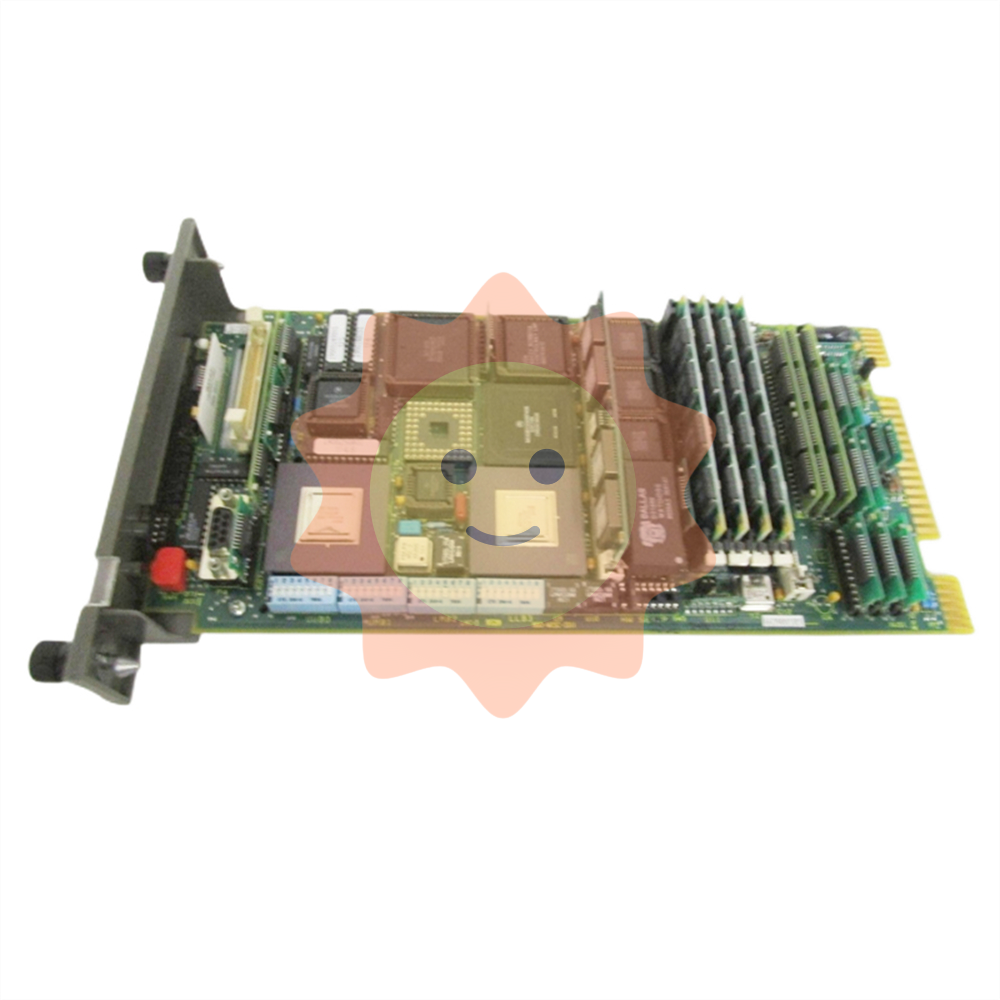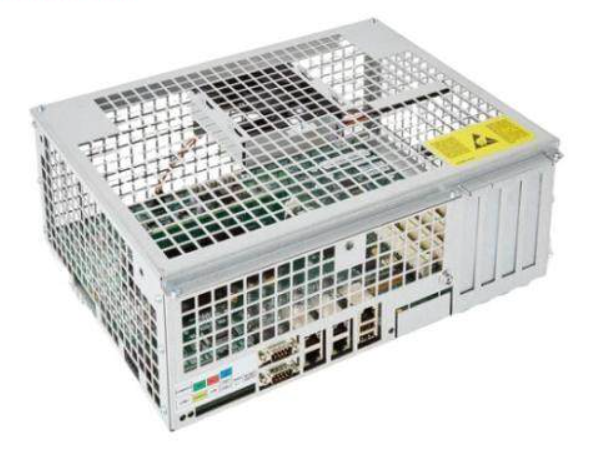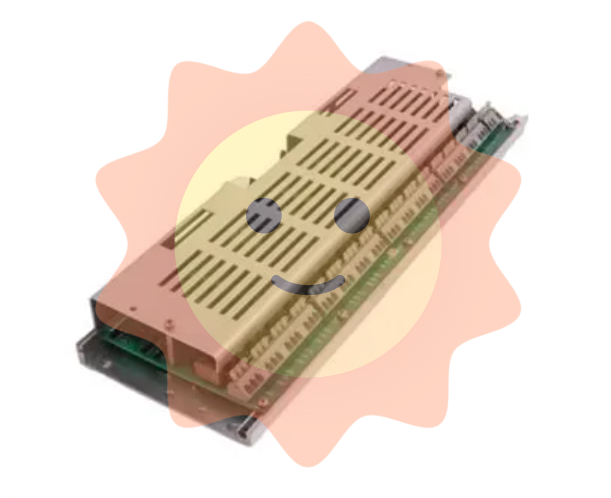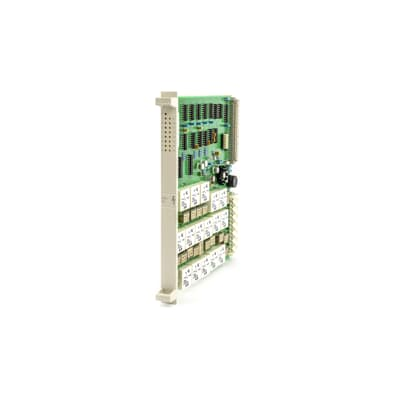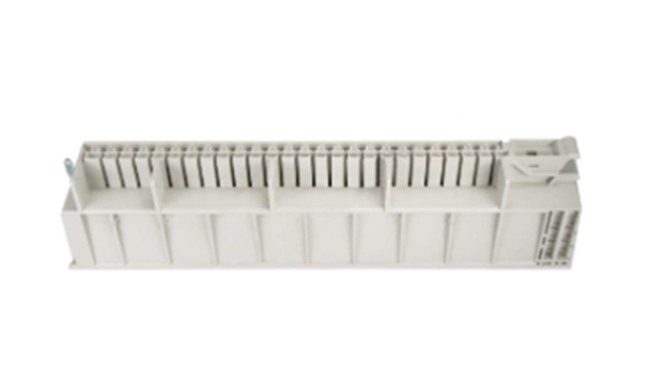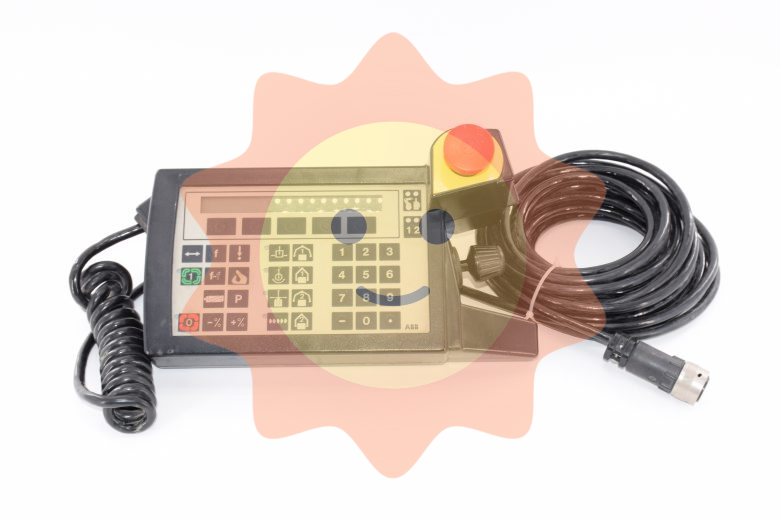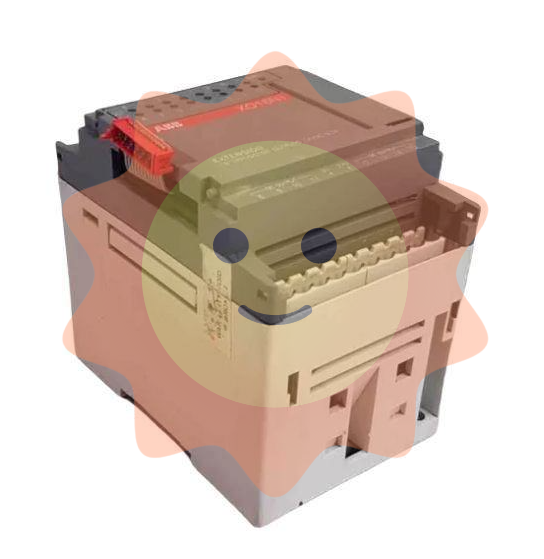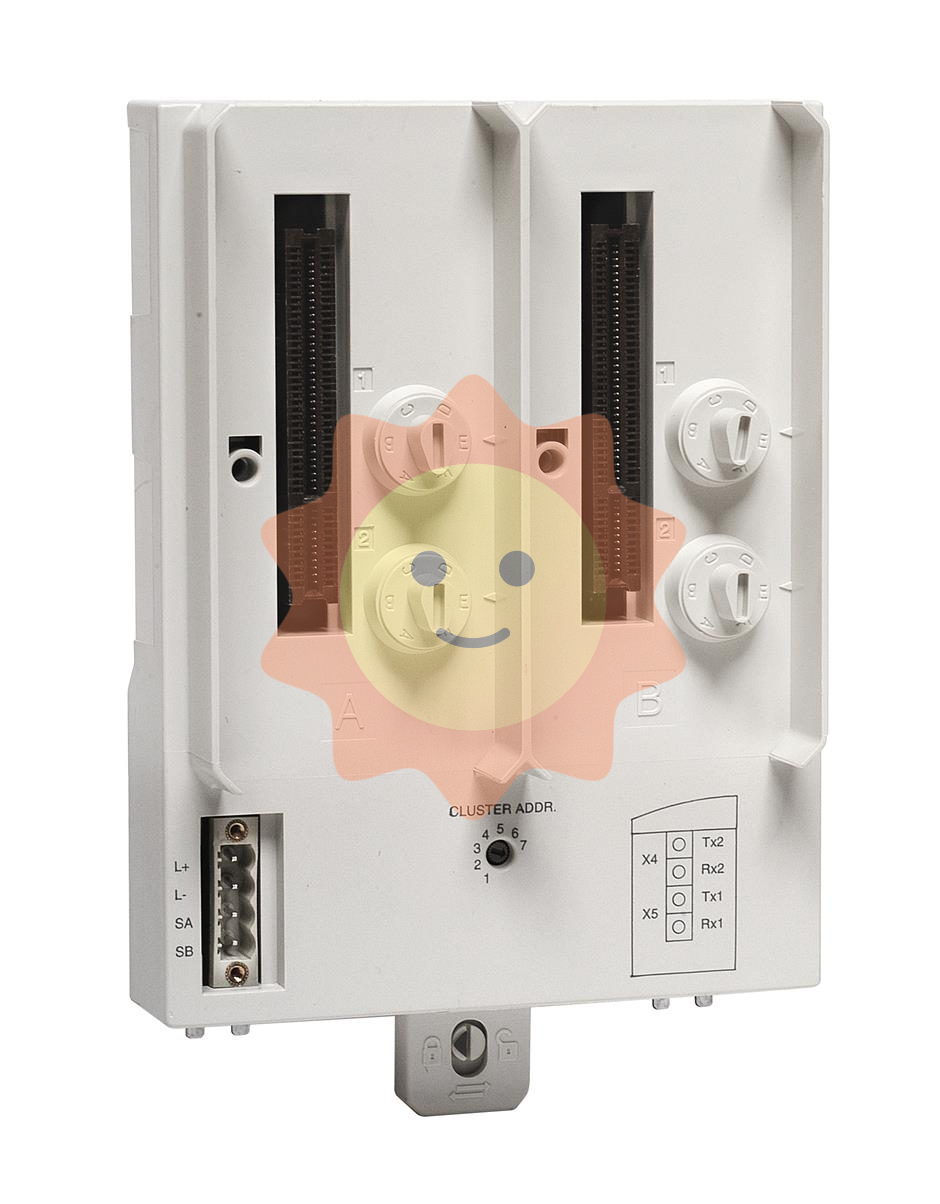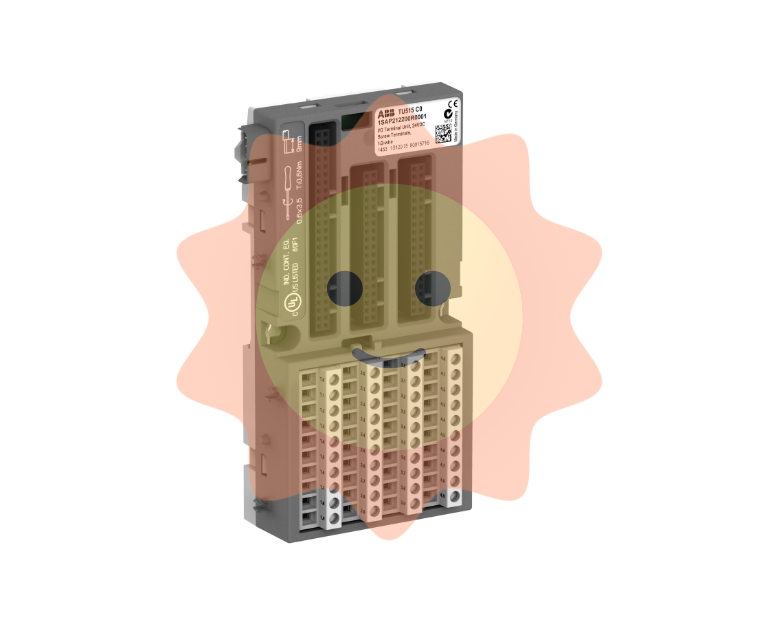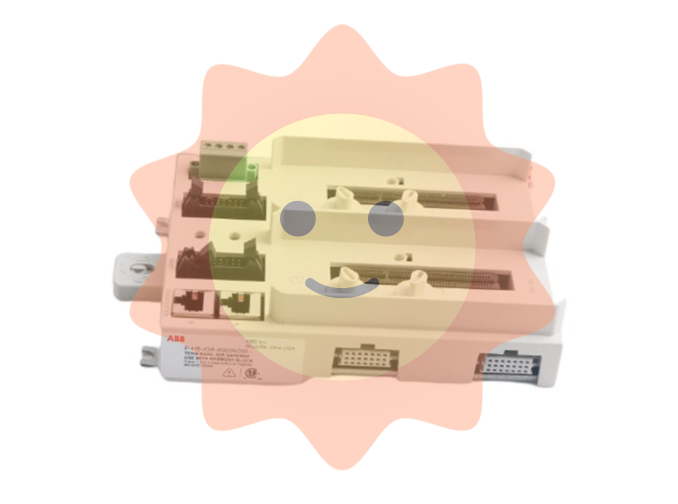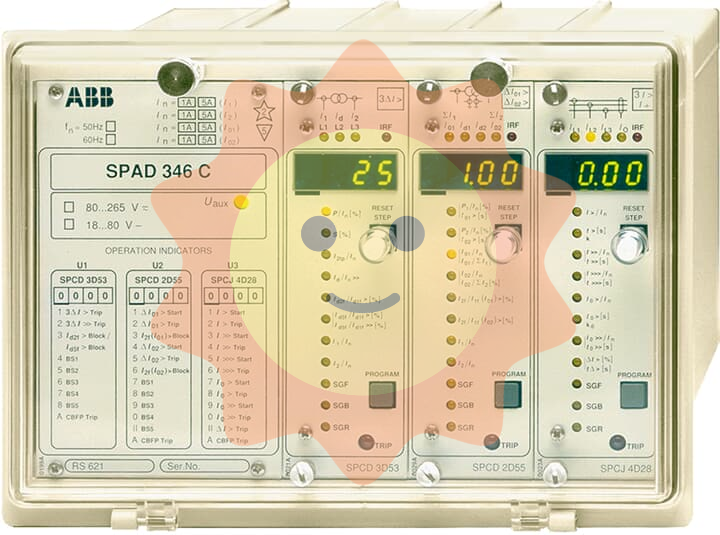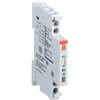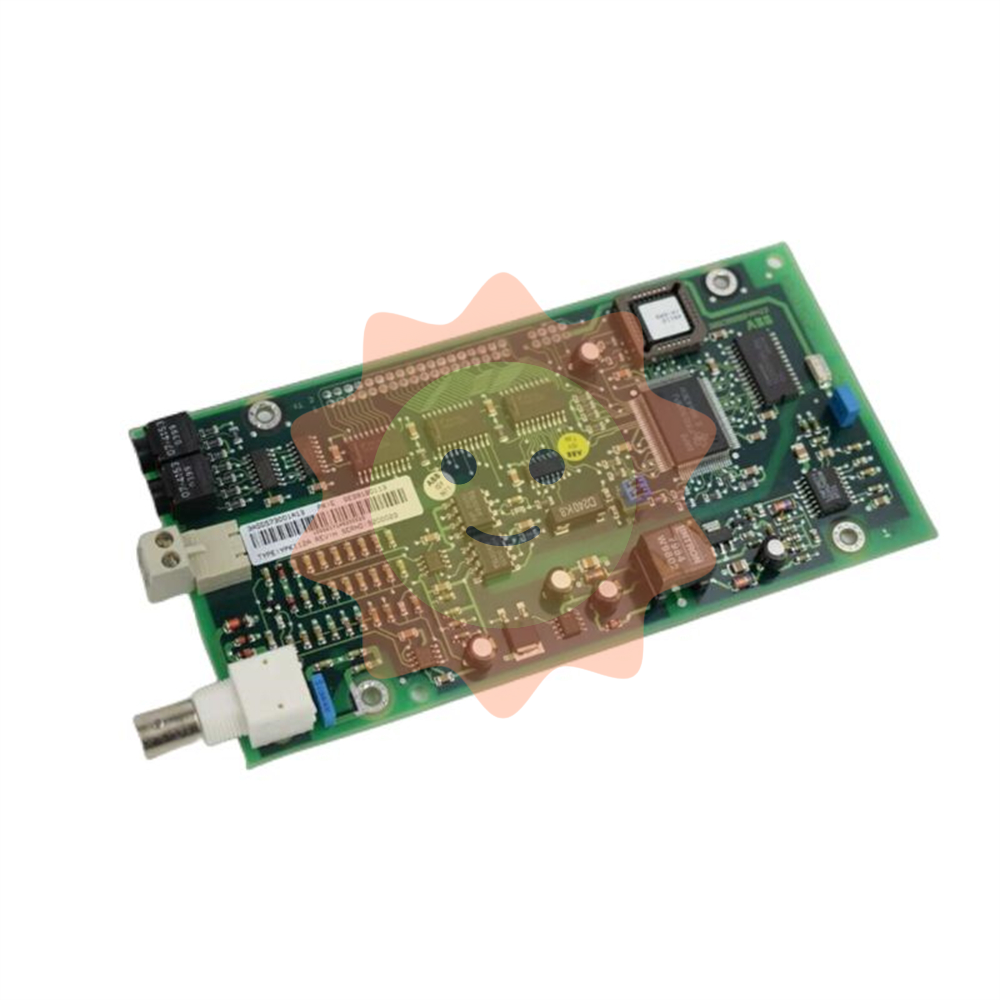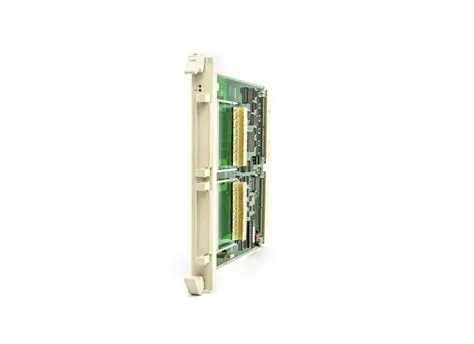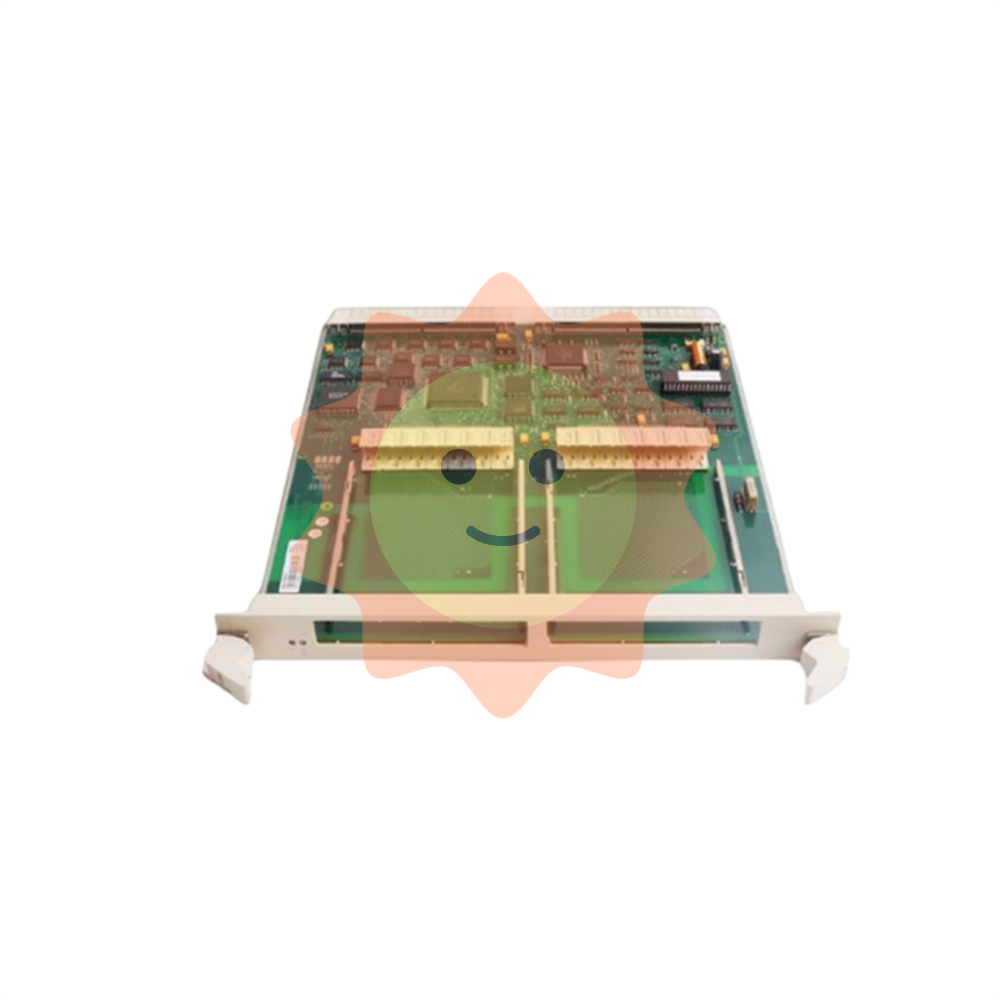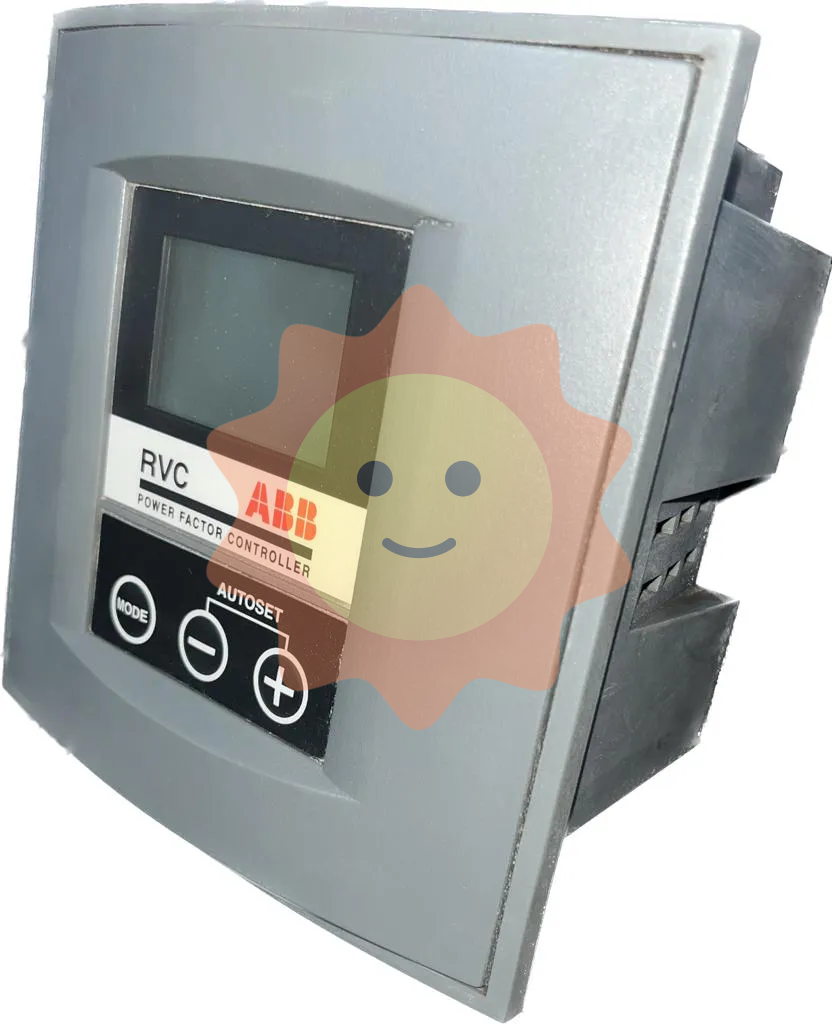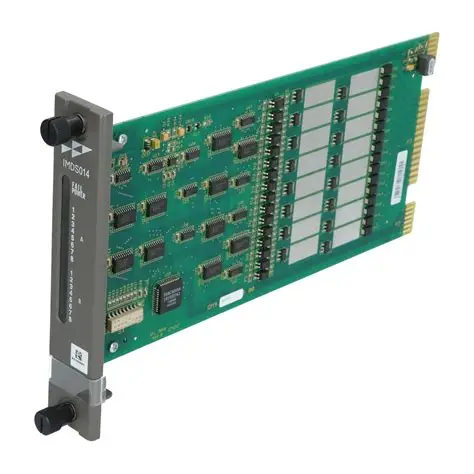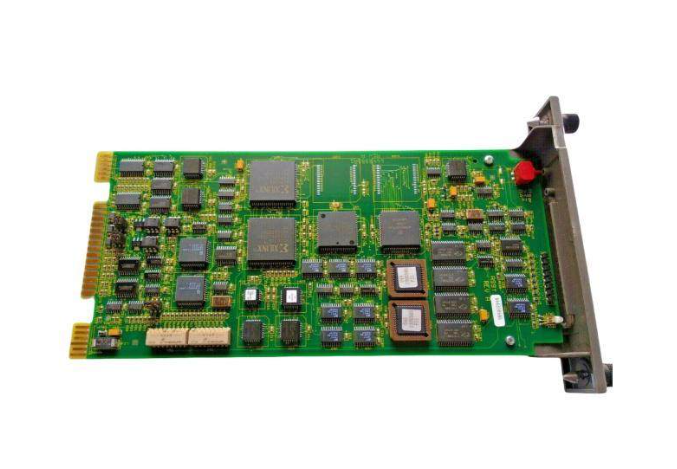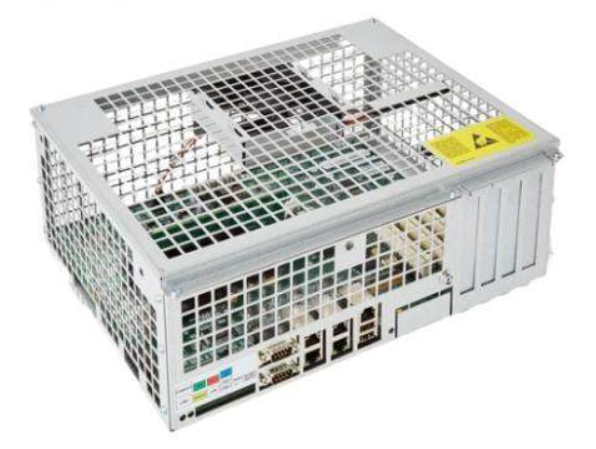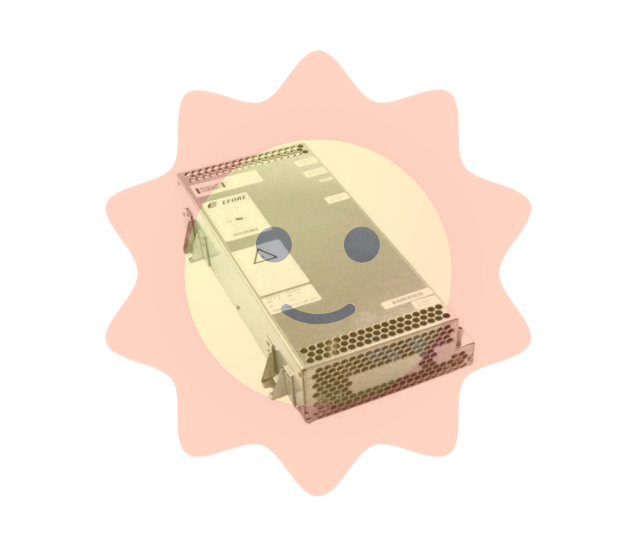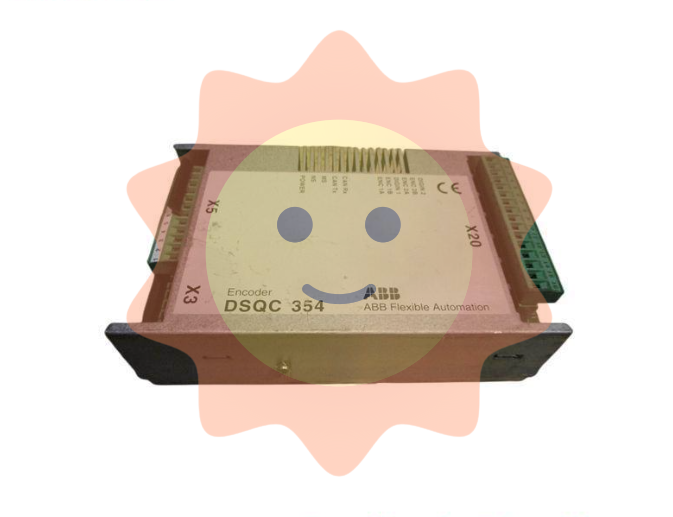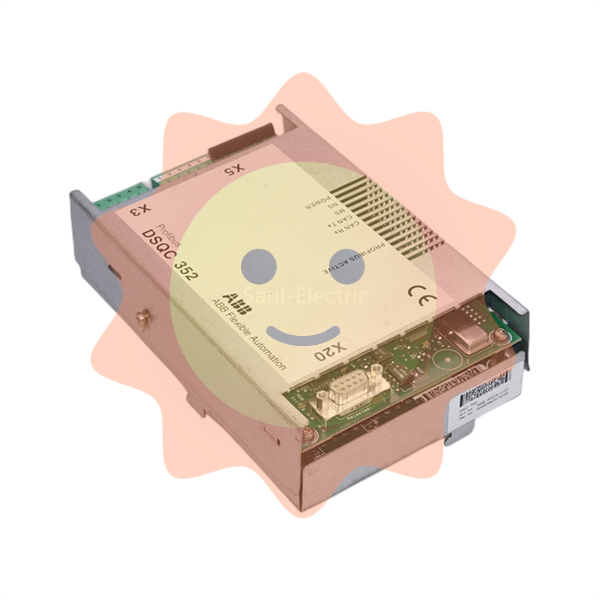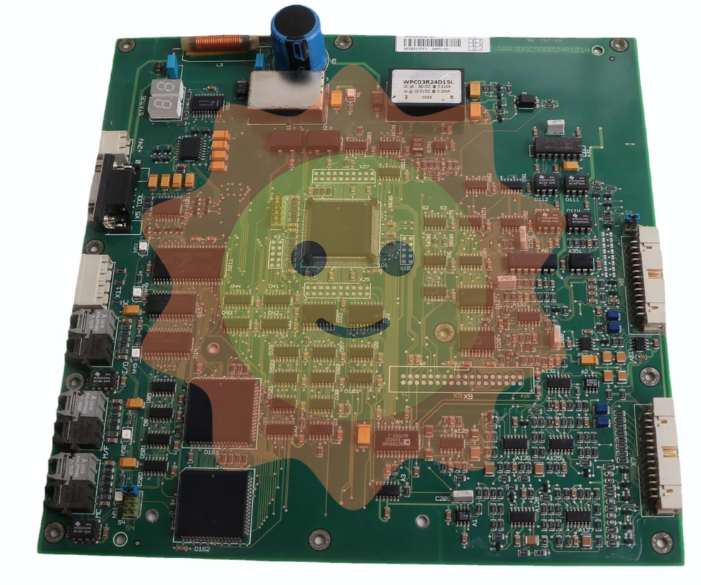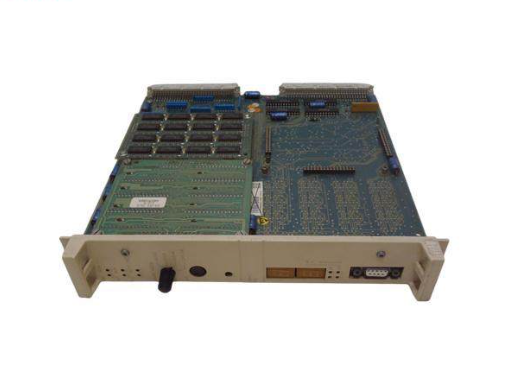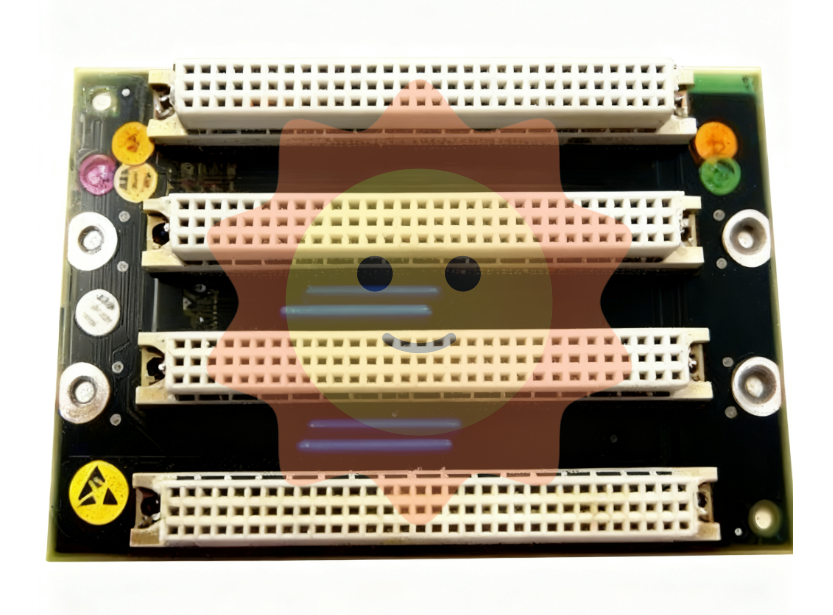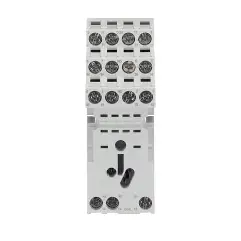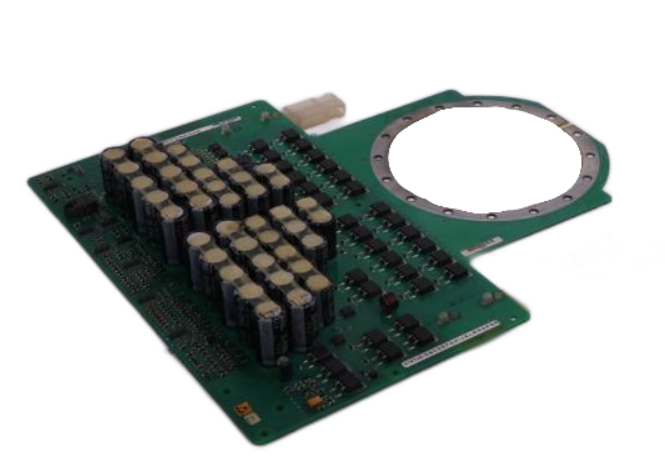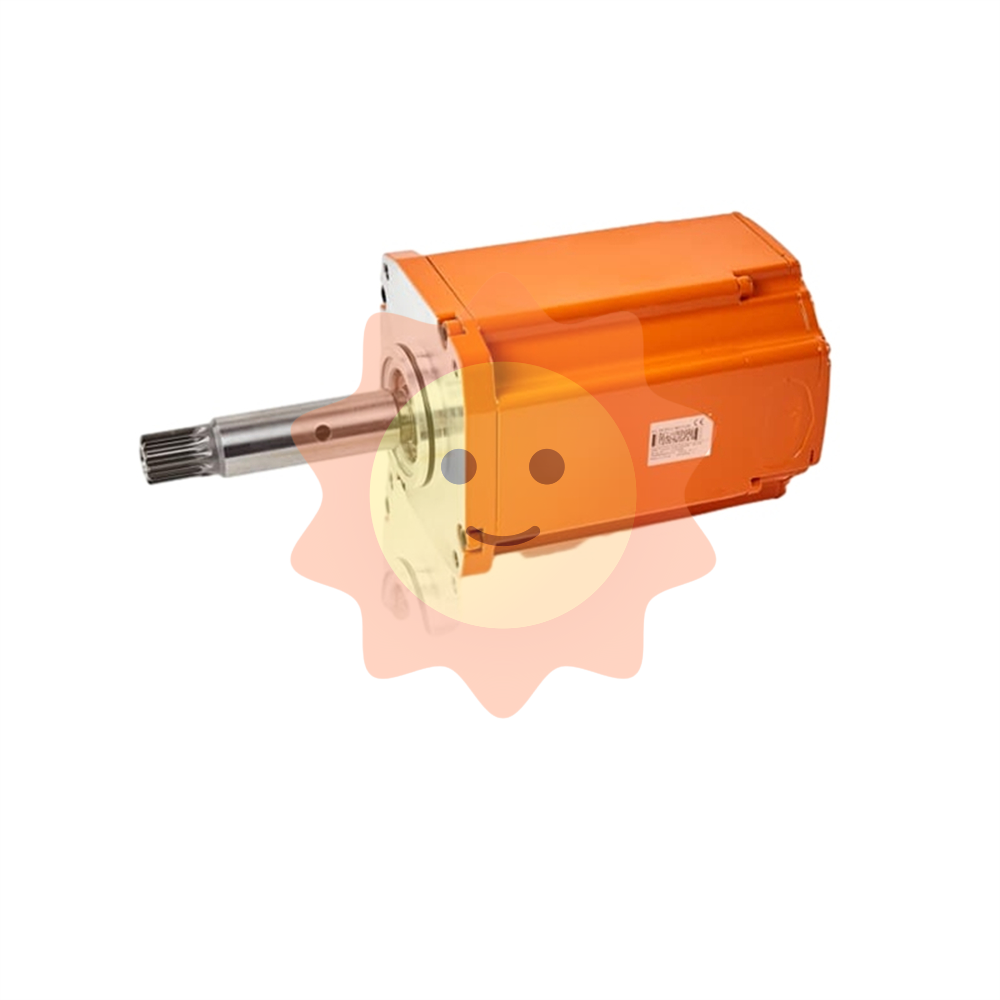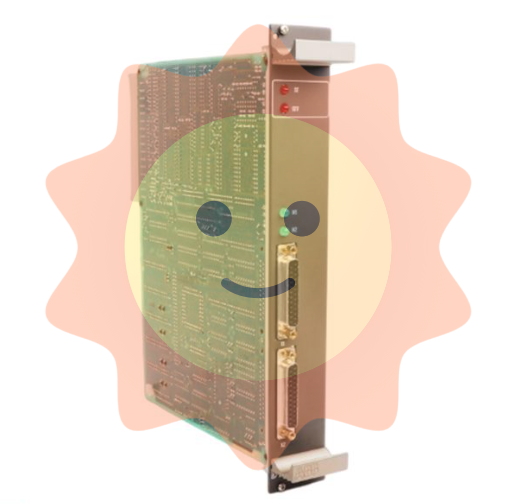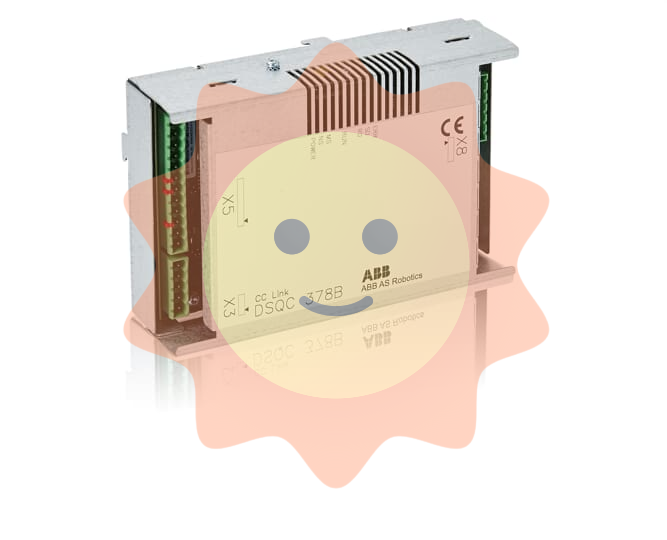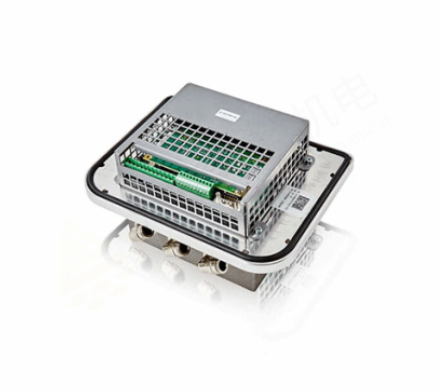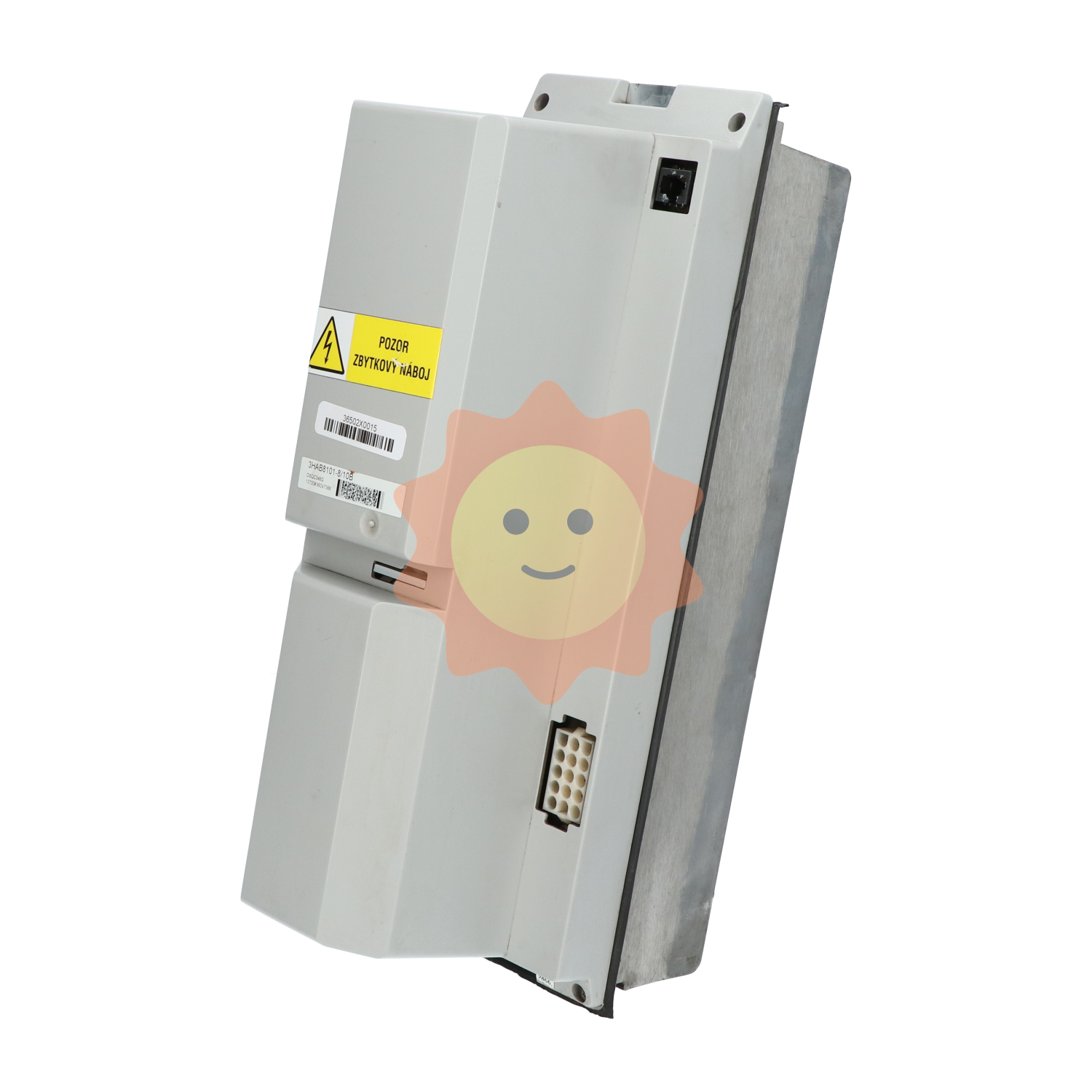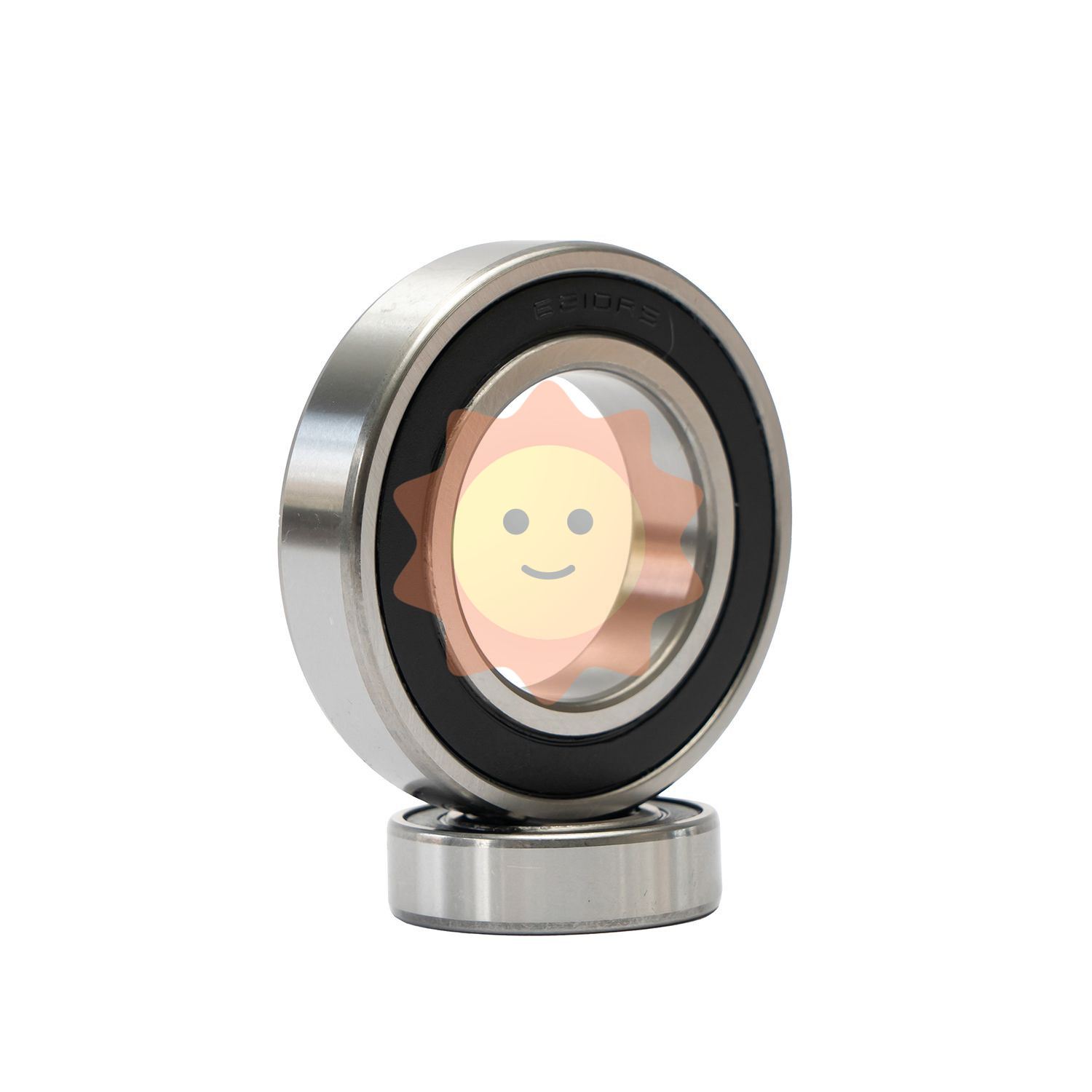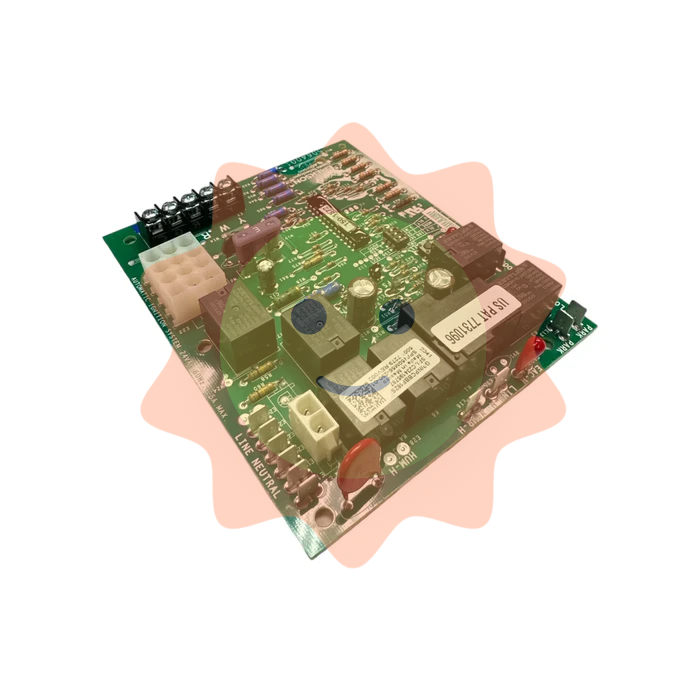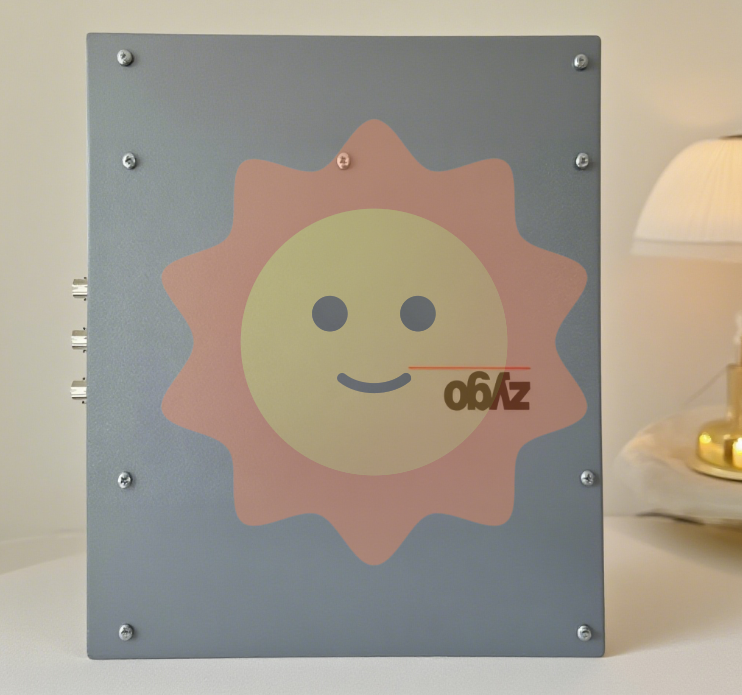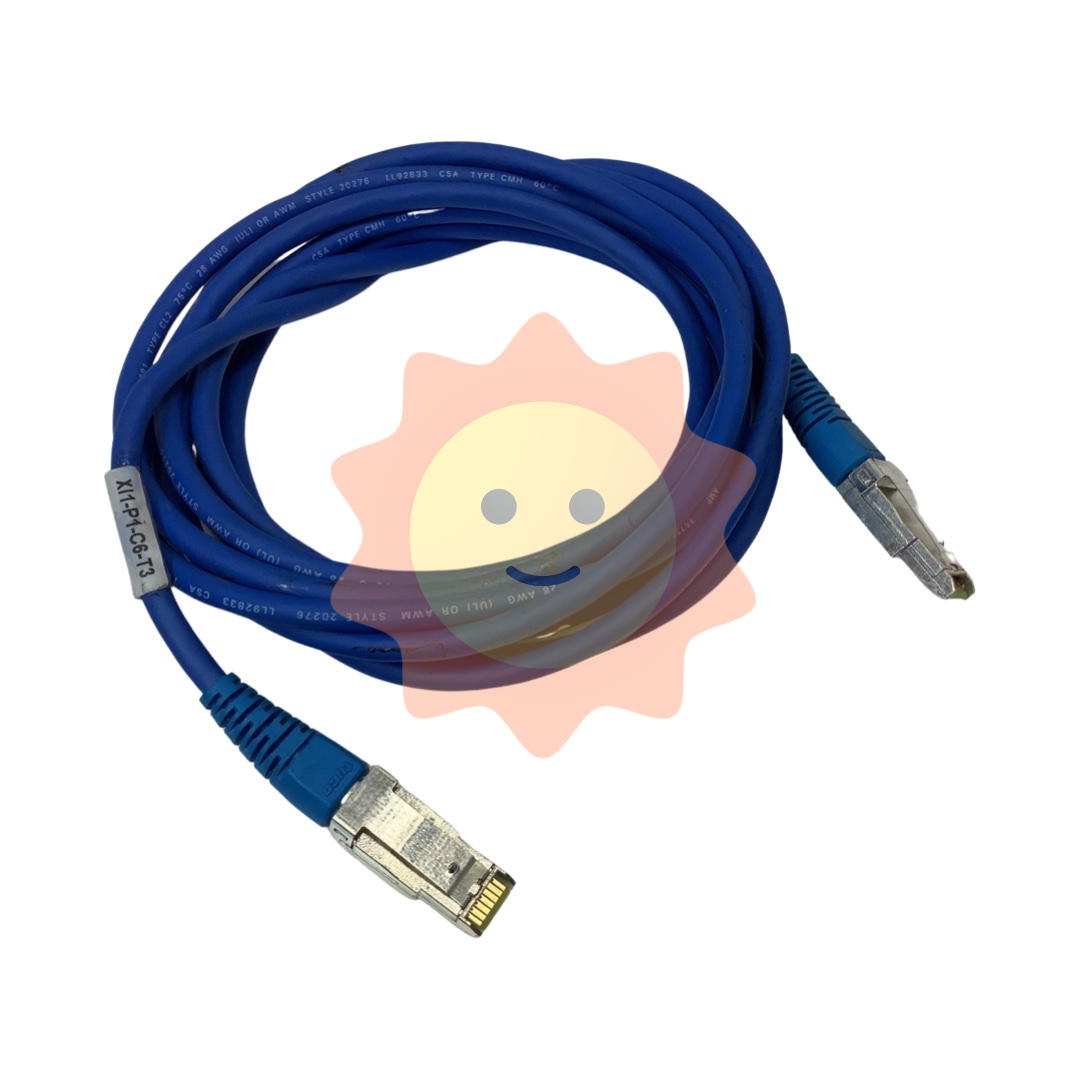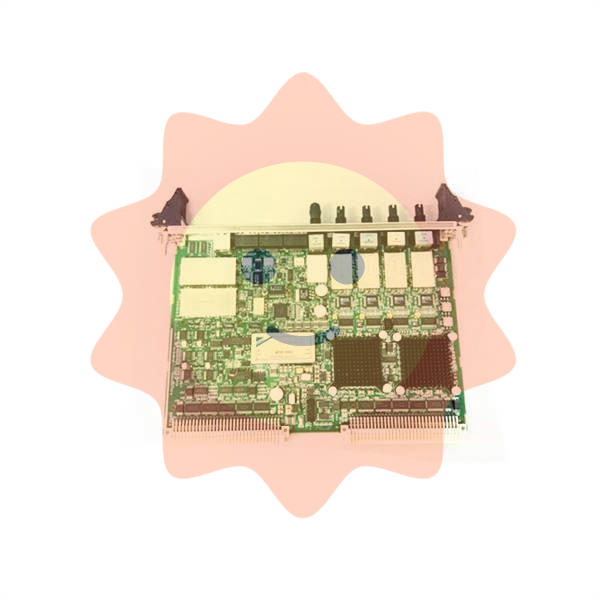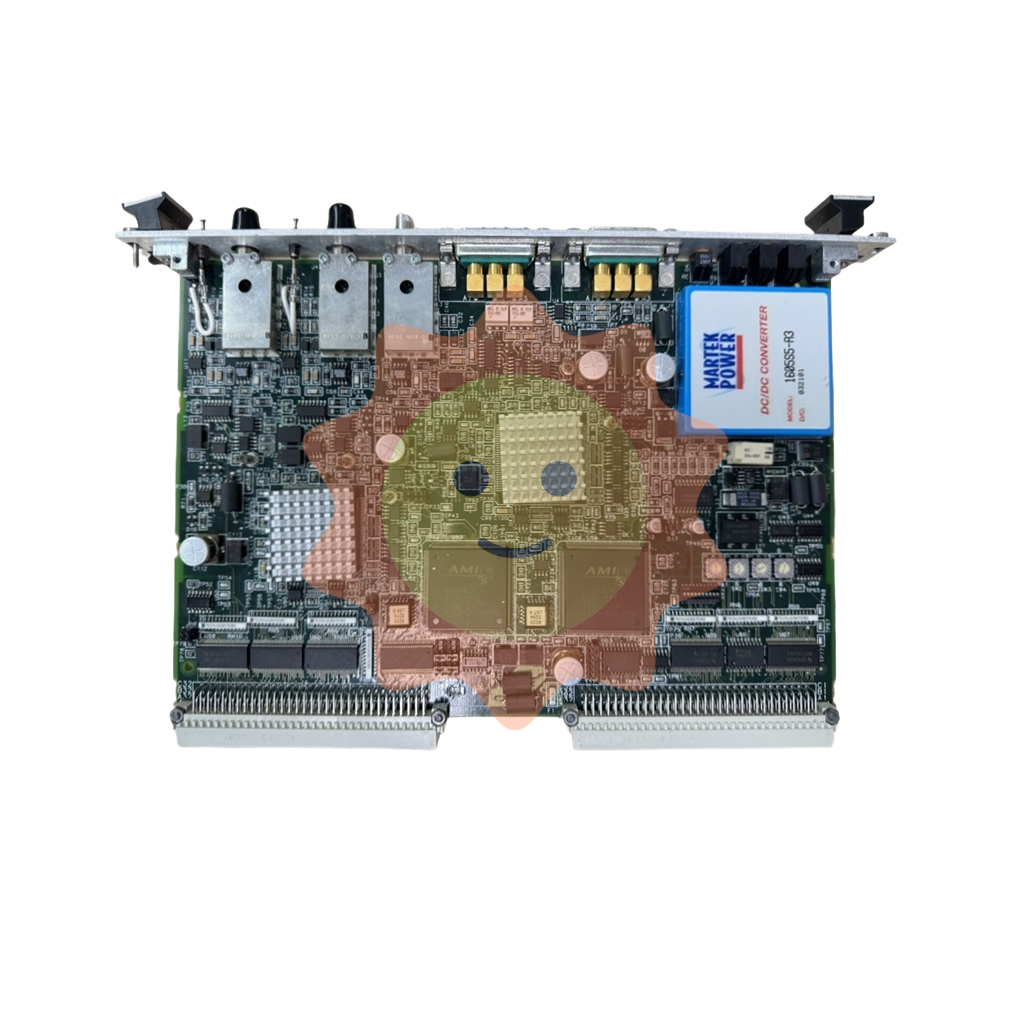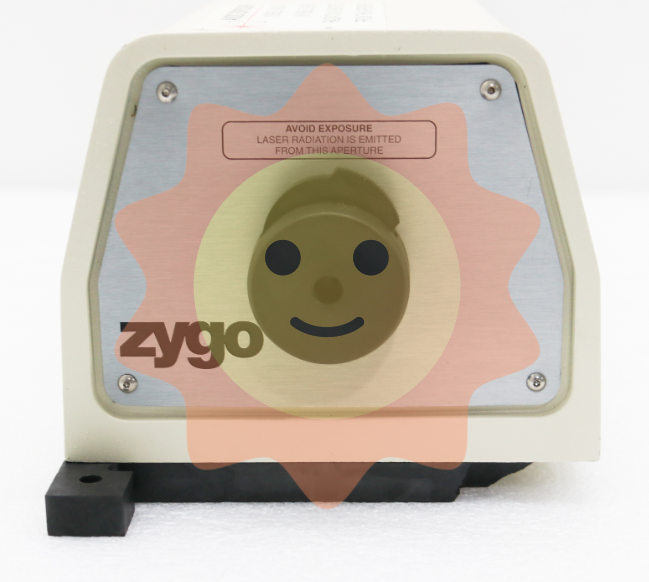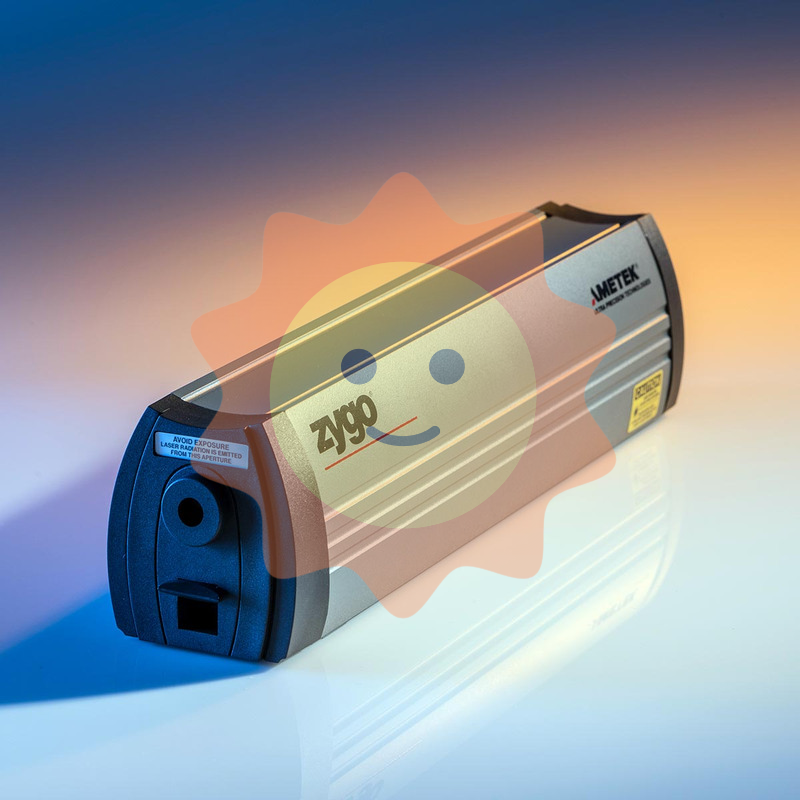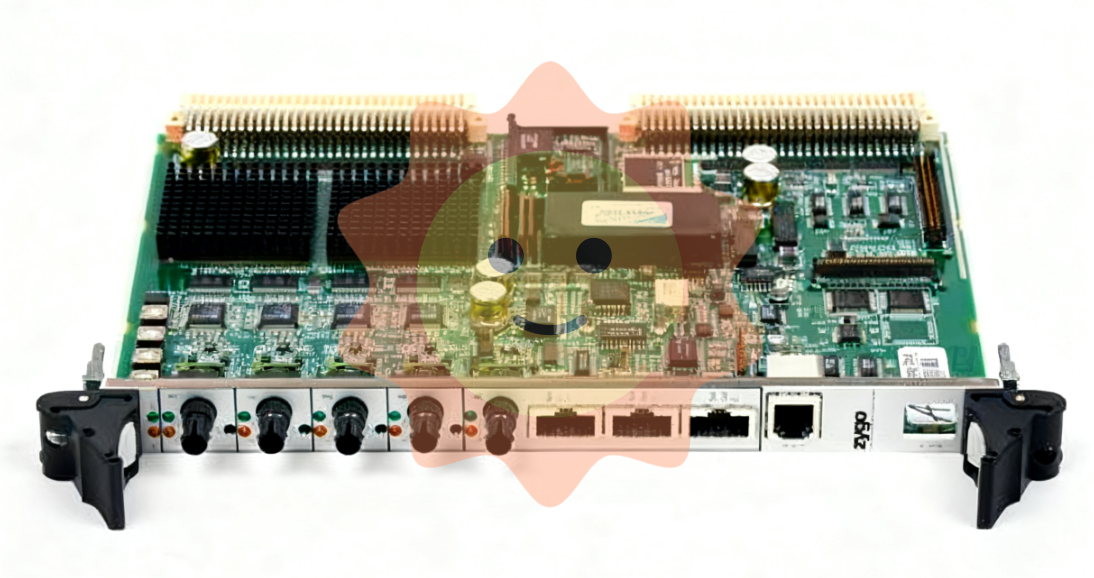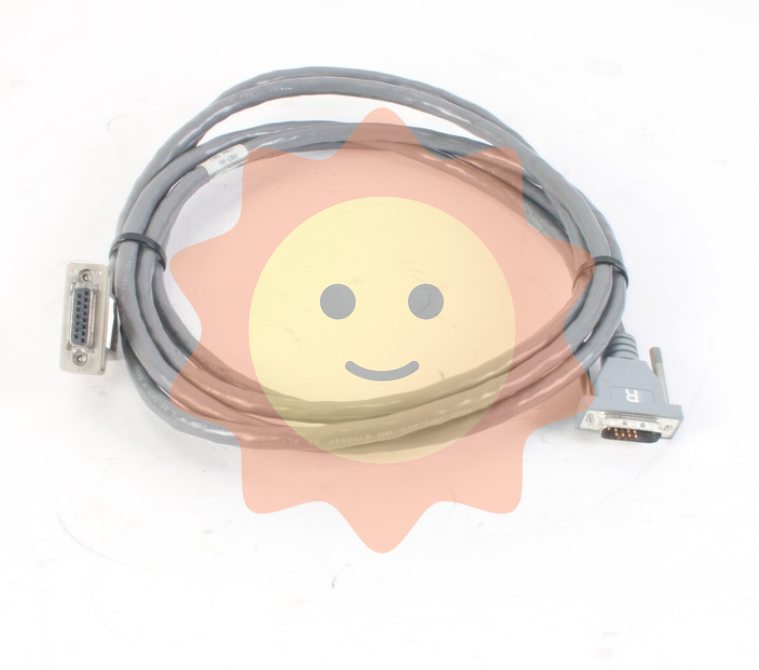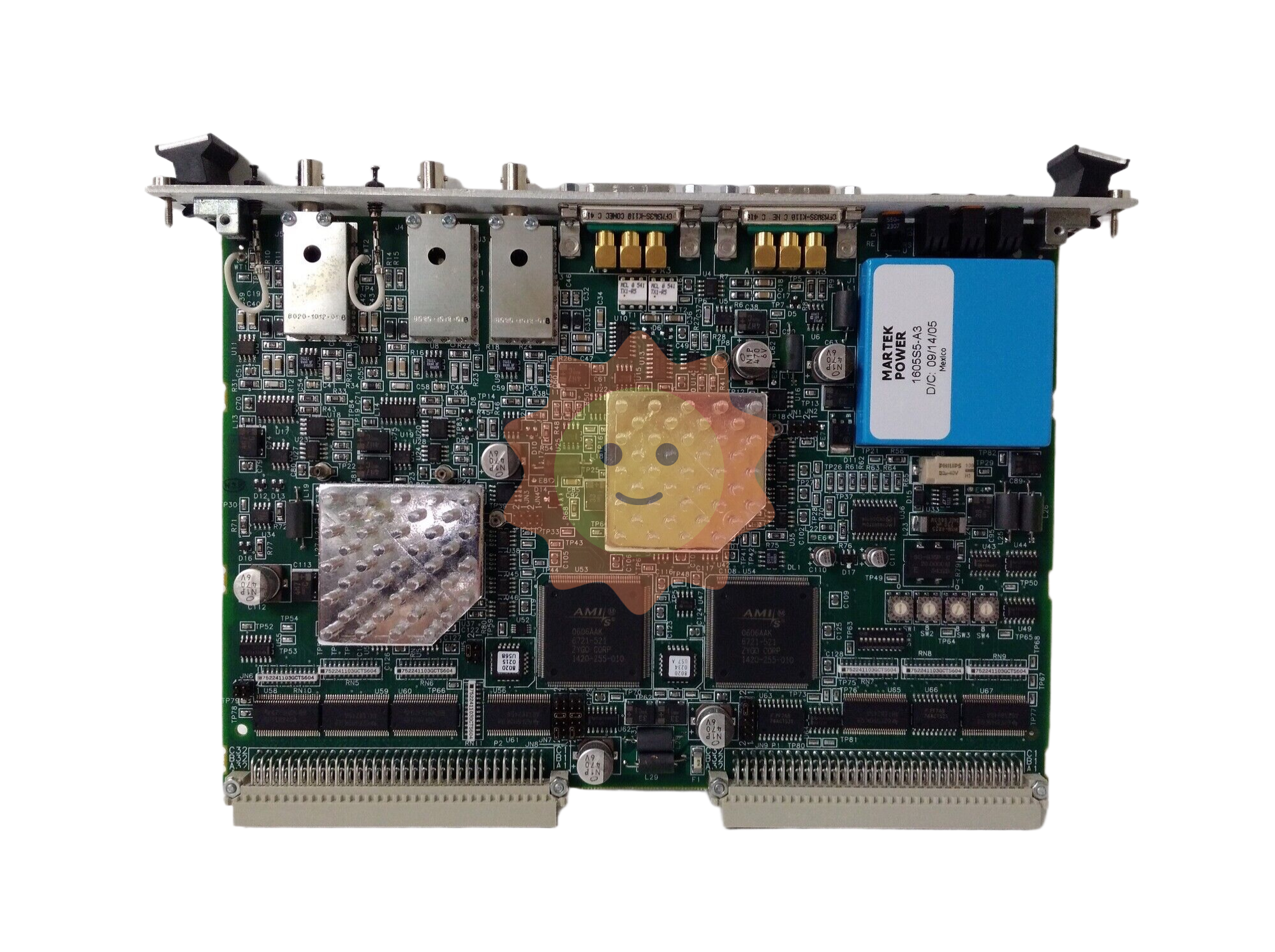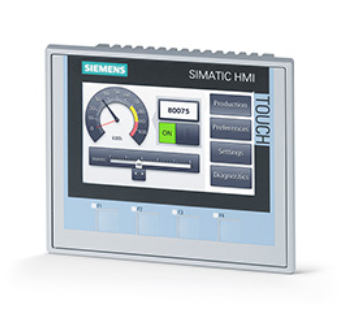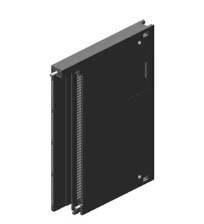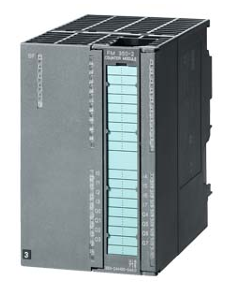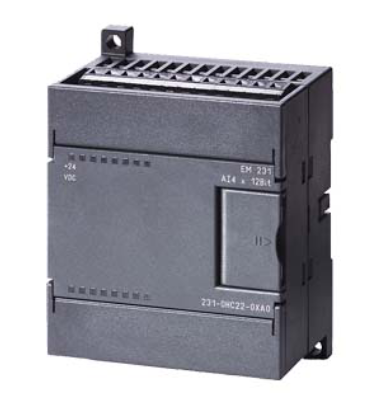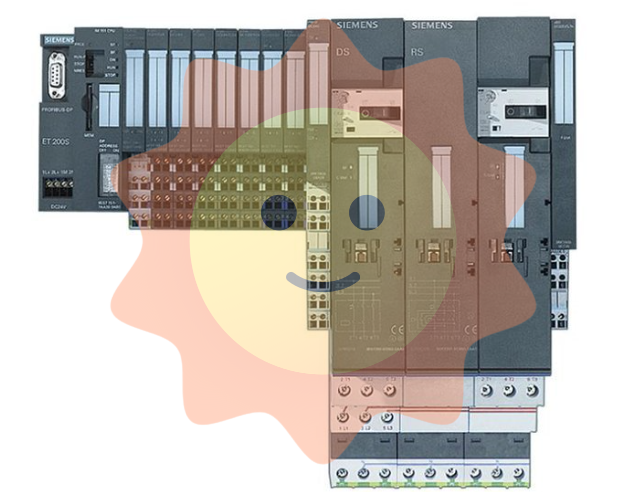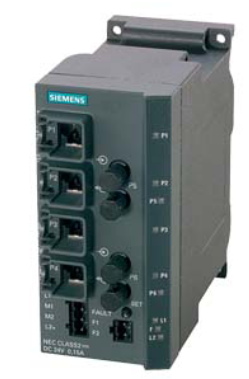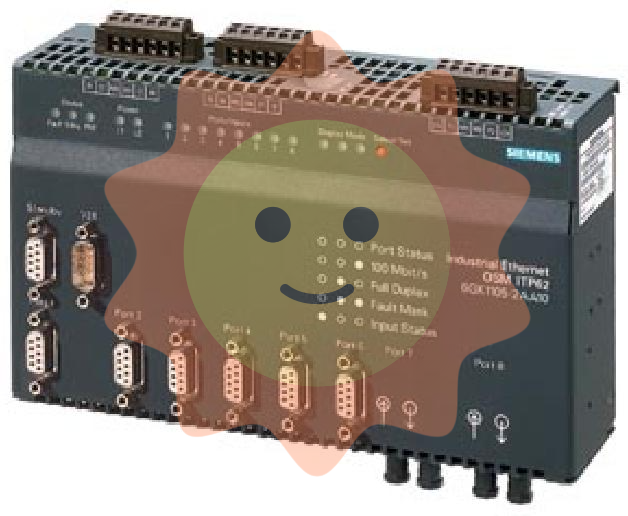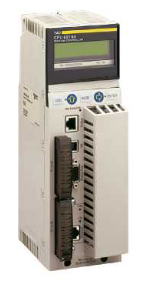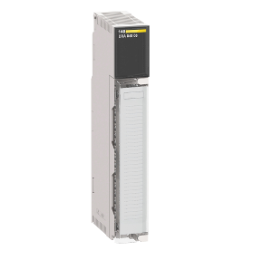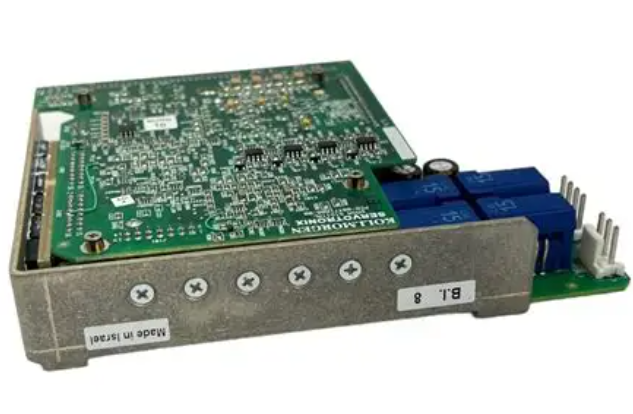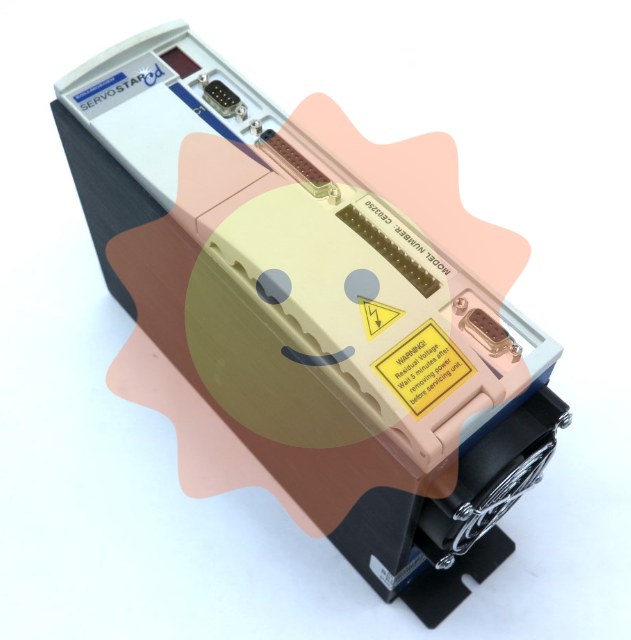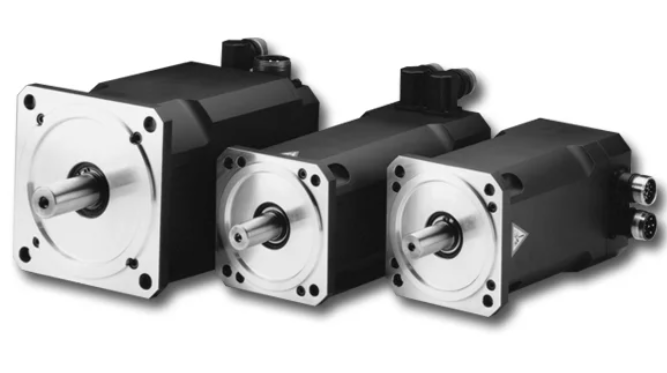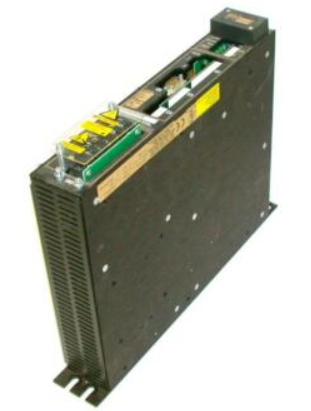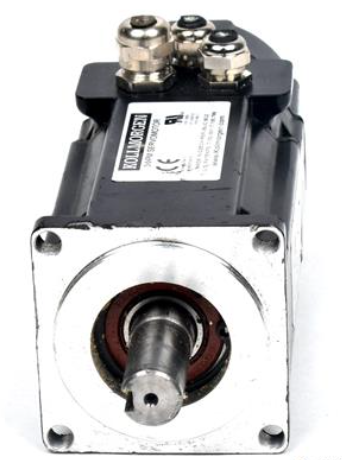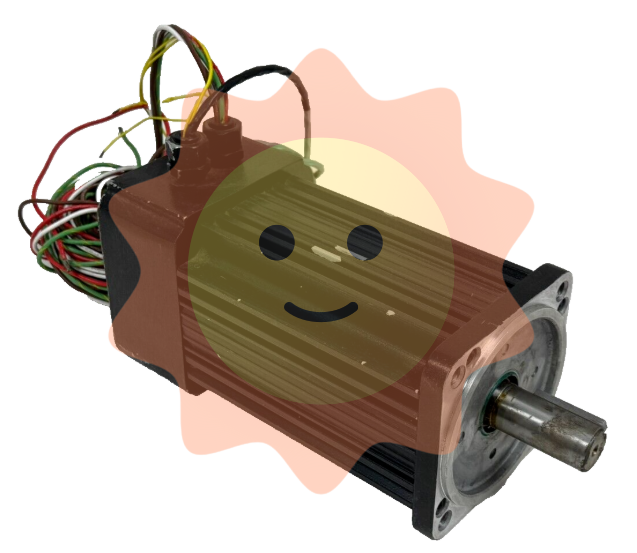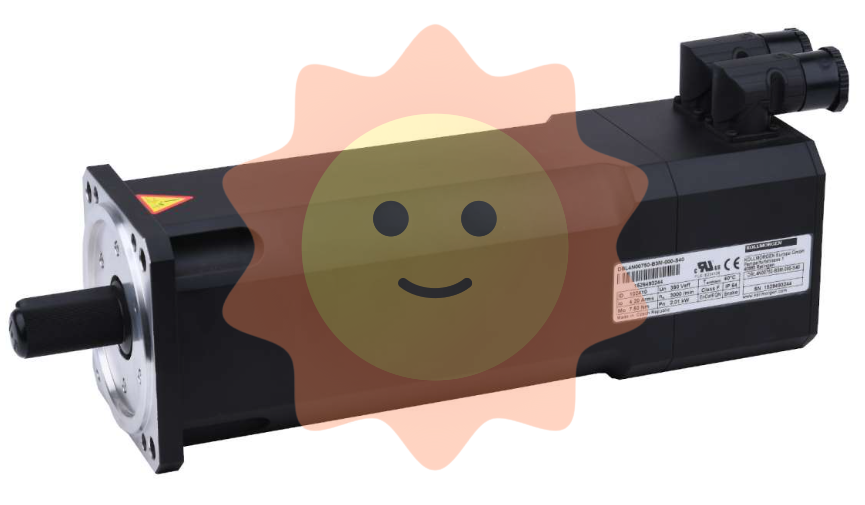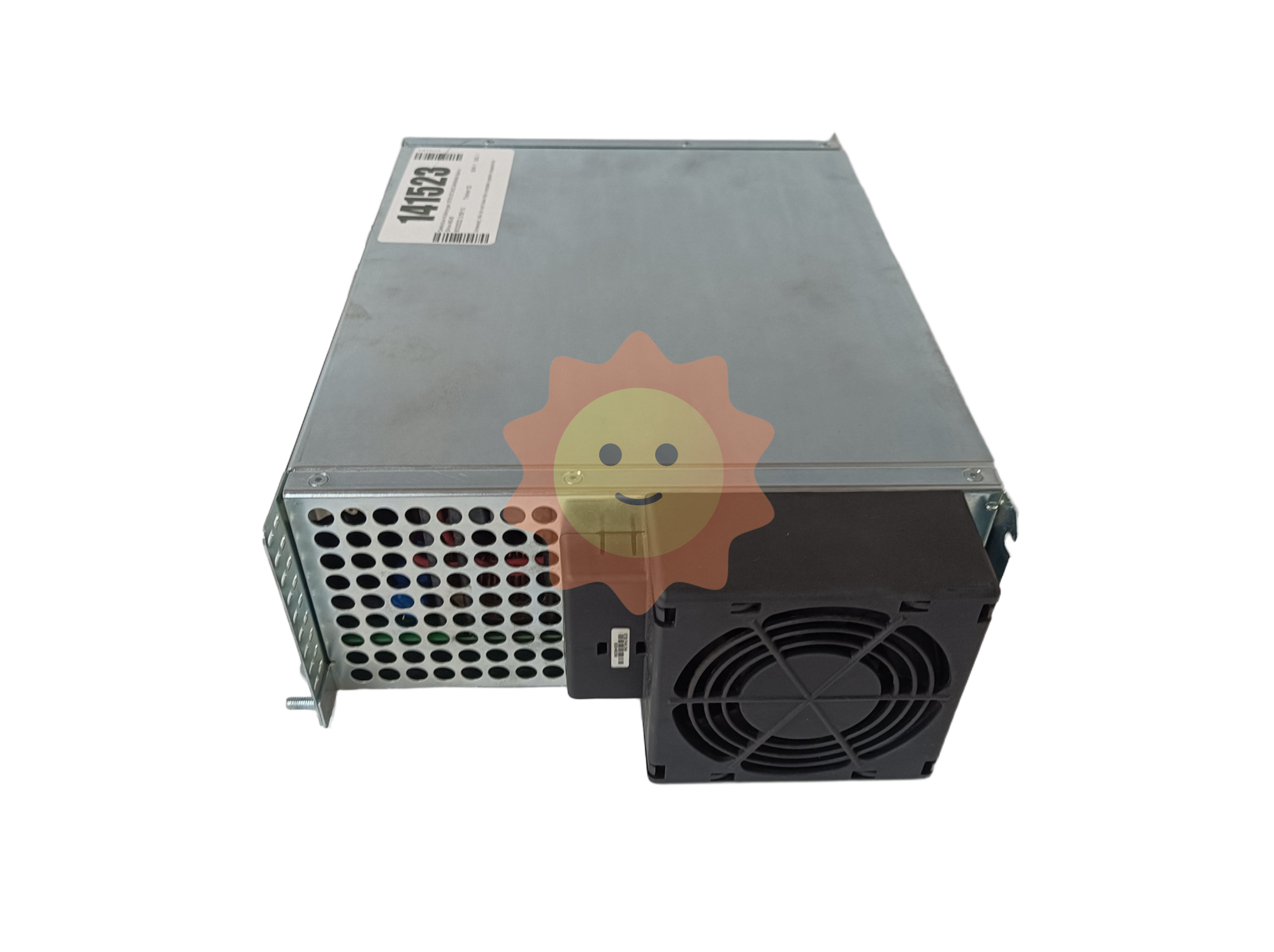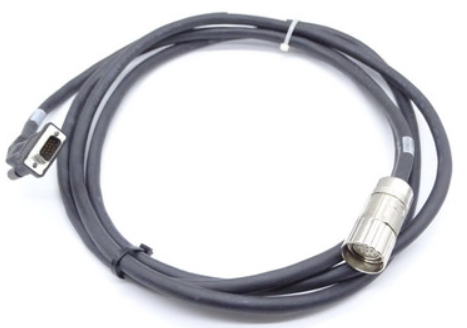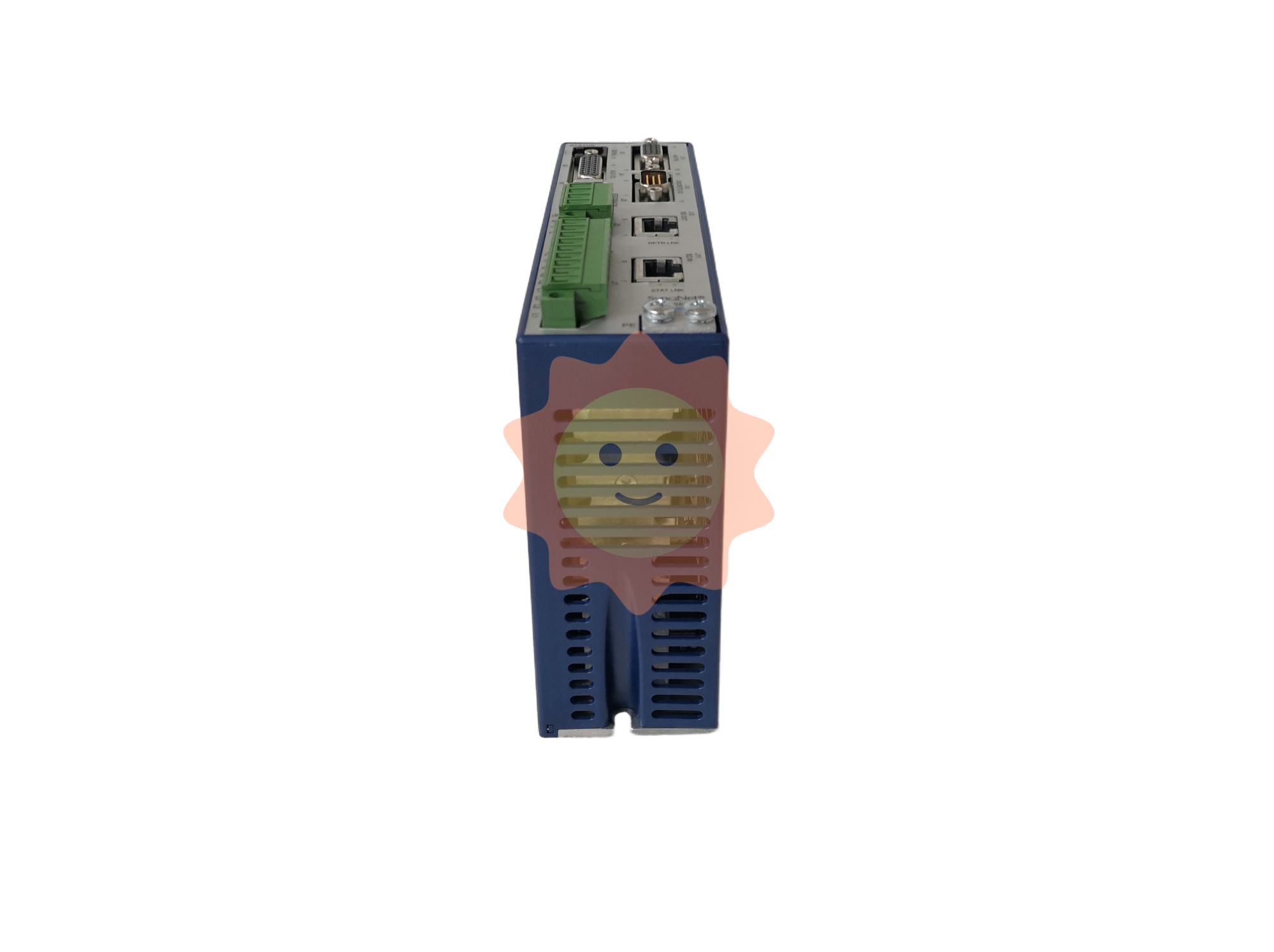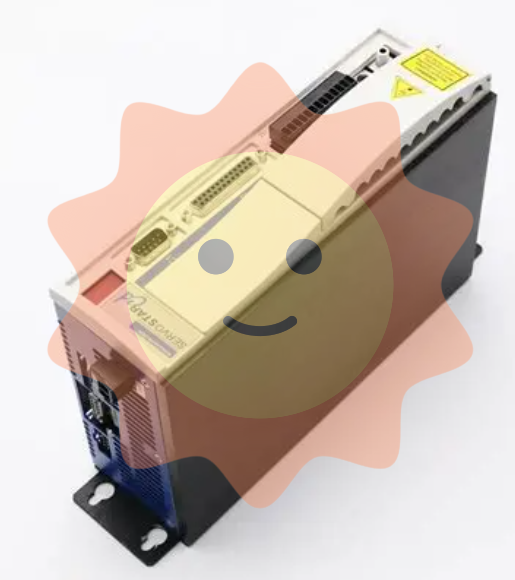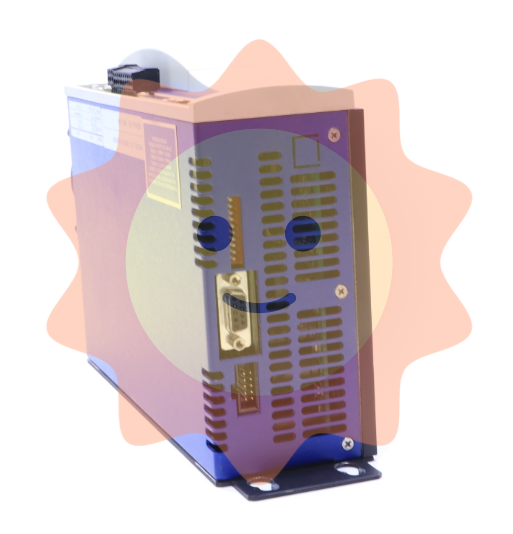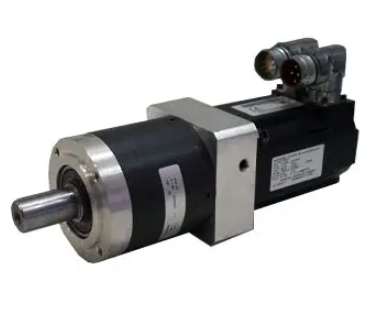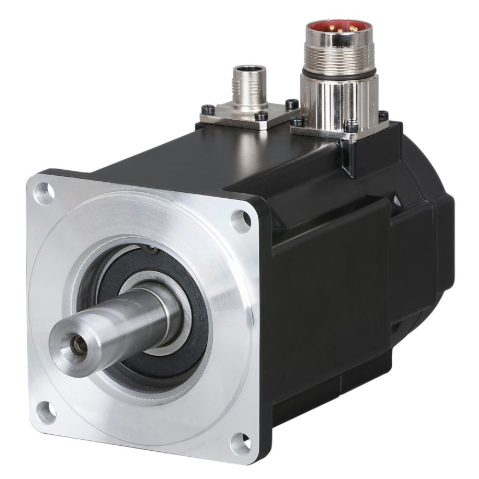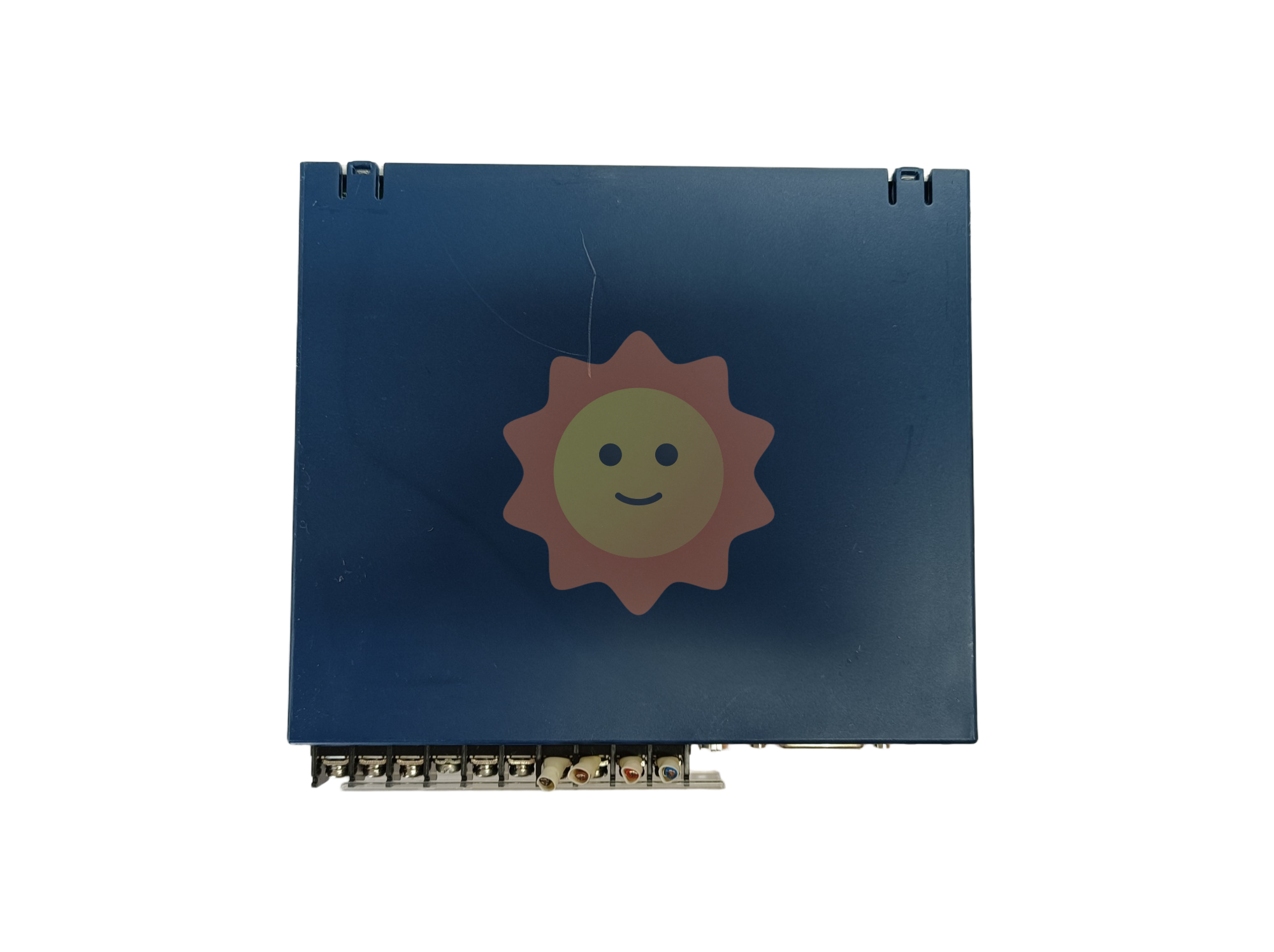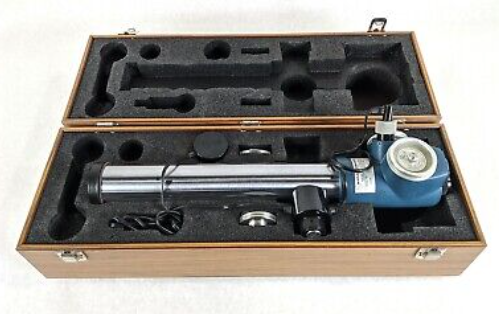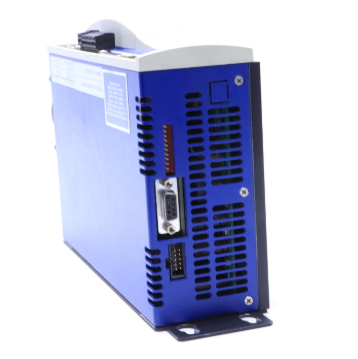Research status and prospect of comprehensive utilization of nuclear energy
One of the future development trends of nuclear energy is the small modular reactor (SMR), whose electric power is usually tens of megawatts to hundreds of megawatts, short construction cycle, flexible layout, adaptability, and low site selection cost. In addition, SMR can save the cost of capital and reduce environmental and financial risks.
The fourth generation of advanced nuclear energy systems mainly include high-temperature gas-cooled reactors, sodium-cooled fast reactors, molten salt reactors, supercritical water reactors and lead-cooled fast reactors. The small modular fourth generation nuclear reactors, which subdue traditional designs, have become the hot spot of nuclear energy research and development and investment because of their inherent high safety, recyclable nuclear fuel, physical nonproliferation and superior economic characteristics. For example, the United States and Canada have established more than a dozen new nuclear Energy companies in recent years, including Canada's Terrestrial Energy (Terrestrial Energy), the United States TerraPower (TerraPower), and has begun to cooperate with power companies and national research institutions to promote the demonstration of small modular fourth-generation nuclear reactors.
The fourth-generation nuclear energy system is characterized by high economy, good safety, small waste generation, and nuclear nonproliferation [5]. Non-electric applications such as nuclear hydrogen production, high-temperature process heat utilization, nuclear heating, and seawater desalination are the main application targets of the fourth generation nuclear energy system.
As the next Generation of advanced nuclear energy system, in response to the development of the fourth generation of nuclear energy technology, the first "Generation IV International Forum (GIF)" in 2002 proposed six types of fourth generation nuclear power and research and development roadmap. The second and third seminars were held in San Diego in November 2012 and in Japan in May 2015. The 4th GIF Workshop was held in Paris, France on October 16-17, 2018, with four topics, including the drivers of fourth-generation nuclear energy system development, innovation and R&D support for fourth-generation nuclear energy system demonstration and deployment, from research to project demonstration, and from demonstration to marketization. GIF also has a long-standing relationship with the International Atomic Energy Agency (IAEA). The 11th GIF-IAEA Innovative Reactor Programme (INPRO) meeting was held in Vienna, Austria, in February 2017. The topics covered cooperation on nuclear energy economics, safety, physical protection, non-proliferation assessment methods, exchange of technical information on common advanced reactors, and are expected to be extended to other areas in the future. Such as special safety requirements for advanced reactors, future market conditions/requirements for advanced reactors (such as integration with renewable energy sources), etc.

2.2 Thorium-based molten salt reactor nuclear energy system
Thorium-based molten salt Reactor nuclear energy System (TMSR) is one of the six candidates for the fourth generation advanced nuclear energy system, including three subsystems: thorium-based nuclear fuel, molten salt reactor and comprehensive utilization of nuclear energy. Thorium-based nuclear fuel has abundant reserves, good anti-proliferation performance and less nuclear waste, which is a technical solution for long-term energy supply. Molten salt reactor is divided into liquid fuel molten salt reactor (MSRLF) and solid fuel molten salt reactor (MSR-SF), the latter is also known as fluorine salt cooled high temperature reactor (FHR). Molten salt reactor uses high temperature molten salt as coolant, has high temperature, low pressure, high chemical stability, high heat capacity and other hot matter characteristics, and does not need to use heavy and expensive pressure vessels, suitable for building compact, lightweight and low-cost small modular reactor; Molten salt reactors use water-free cooling technology and only need a small amount of water to operate, which can be used to achieve efficient power generation in dry areas. Molten salt reactor output high temperature nuclear heat above 700℃ can be used for efficient power generation, and because of its use of high chemical stability and thermal stability of inorganic molten salt as heat transfer and storage medium, very suitable for long-distance heat transfer, thus greatly reducing the safety concerns for comprehensive utilization of nuclear energy, can achieve large-scale nuclear energy hydrogen production. At the same time, it provides high-quality process heat for important chemical industries such as synthetic ammonia, thus effectively alleviating carbon emission and environmental pollution [6].
Ensuring the safe and reliable operation of reactors is the most important pre-emptive goal in the development of nuclear energy. As the fourth generation nuclear energy system, molten salt reactor has a high inherent safety, the working environment in the reactor is near atmospheric pressure, greatly reducing the pressure demand of the main vessel, reactor internals and containment, and some accidents in the water reactor can be avoided, such as large breaks and double-end fracture accidents, and coolant flash eruption caused by pipeline breaks. The boiling point of molten salt is as high as 1 400 ° C, while the operating temperature in the reactor is 700 ° C, and the safety threshold is very high: when the temperature exceeds the set value, the freezing plug at the bottom of the reactor will automatically melt due to excessive high temperature, and the molten salt mixed with nuclear fuel will flow into the emergency storage tank and separate from the neutron reaction zone, and the nuclear reaction will immediately stop. Molten salt can act as a safety barrier for the reactor, dissolving and retaining most of the fission products, especially gaseous fission products (such as Cs-137, I-131, etc.); Molten salt has high chemical stability, does not interact with other substances, prevents new derivative accidents, and can greatly reduce the environmental impact after the accident. Molten salt reactor can be reprocessed online and is the only reactor that can efficiently utilize thorium. The molten salt reactor can flexibly carry out a variety of fuel cycles, such as primary utilization, waste treatment, fuel production, etc., without special treatment and direct use of all nuclear fuels such as uranium, thorium and plutonium, and can also use spent fuel from other reactors.
- EMERSON
- Honeywell
- CTI
- Rolls-Royce
- General Electric
- Woodward
- Yaskawa
- xYCOM
- Motorola
- Siemens
- Rockwell
- ABB
- B&R
- HIMA
- Construction site
- electricity
- Automobile market
- PLC
- DCS
- Motor drivers
- VSD
- Implications
- cement
- CO2
- CEM
- methane
- Artificial intelligence
- Titanic
- Solar energy
- Hydrogen fuel cell
- Hydrogen and fuel cells
- Hydrogen and oxygen fuel cells
- tyre
- Chemical fiber
- dynamo
- corpuscle
- Pulp and paper
- printing
- fossil
- FANUC
- Food and beverage
- Life science
- Sewage treatment
- Personal care
- electricity
- boats
- infrastructure
- Automobile industry
- metallurgy
- Nuclear power generation
- Geothermal power generation
- Water and wastewater
- Infrastructure construction
- Mine hazard
- steel
- papermaking
- Natural gas industry
- Infrastructure construction
- Power and energy
- Rubber and plastic
- Renewable energy
- pharmacy
- mining
- Plastic industry
- Schneider
- Kongsberg
- NI
- Wind energy
- International petroleum
- International new energy network
- gas
- WATLOW
- ProSoft
- SEW
- wind
- ADVANCED
- Reliance
- YOKOGAWA
- TRICONEX
- FOXBORO
- METSO
- MAN
- Advantest
- ADVANCED
- ALSTOM
- Control Wave
- AB
- AMAT
- STUDER
- KONGSBERG
- MOTOROLA
- DANAHER MOTION
- Bently
- Galil
- EATON
- MOLEX
- Triconex
- DEIF
- B&W
- ZYGO
- Aerotech
- DANFOSS
- KOLLMORGEN
- Beijer
- Endress+Hauser
- MOOG
- KB
- Moxa
- Rexroth


Email:wang@kongjiangauto.com

